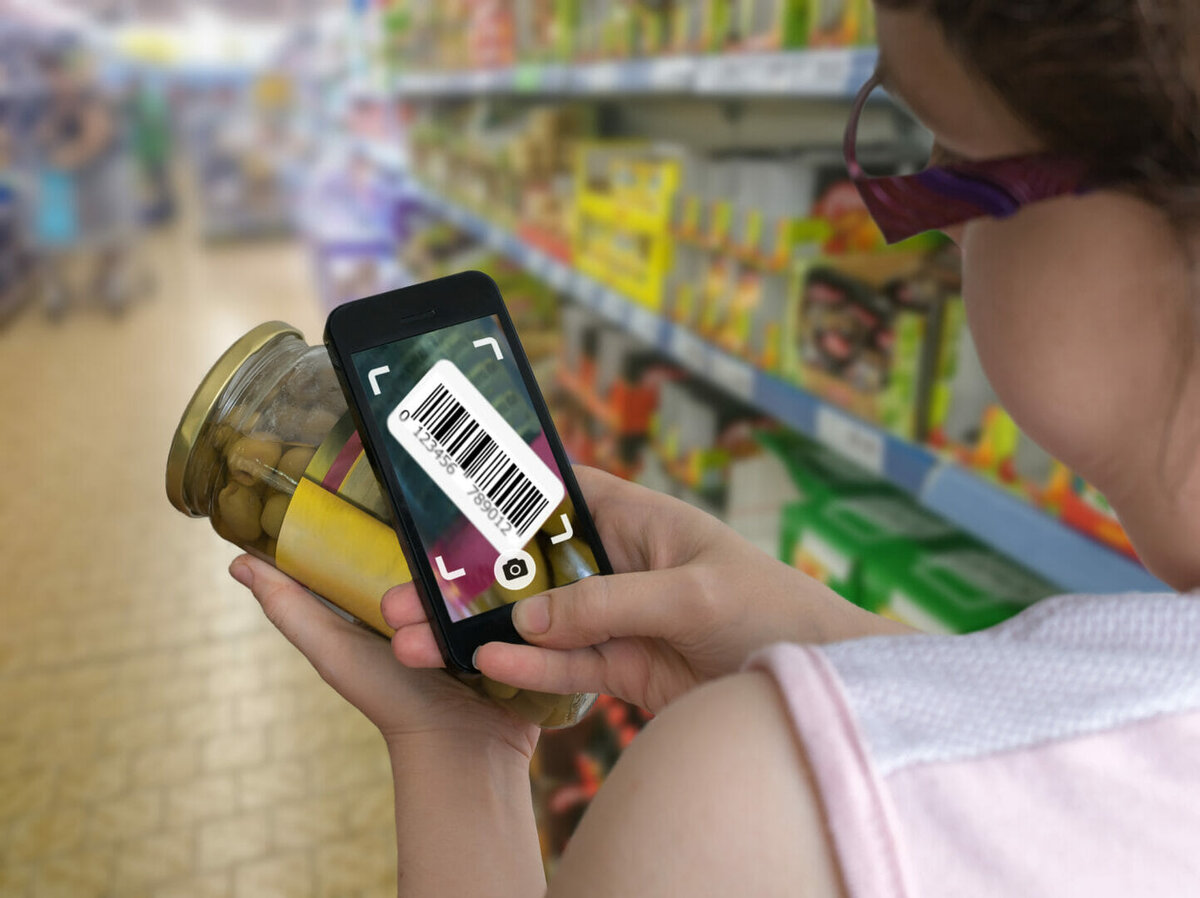‘Smart labels’ are the latest innovation within packaging that can be utilised by manufacturers to improve traceability, product information and safety.
For many years barcodes simply conveyed a series of number and letters to a screen so that they could be identified, however smart labelling has revolutionised this once single dimensional process, bringing labelling into the 21st century.The term smart labelling is used as an umbrella term for any labelling or coding that uses technology to add functionality and data beyond a traditional simple barcode, for example, data embedded barcodes, RFID, or QR codes.
A smart label offers a vastly increased capacity for data, for example, a QR code can store over 7,000 characters compared to just 20 characters for the humble barcode.
Used correctly, smart labelling can bring labelling and packaging into the 21st century, providing a data-rich source for the use of suppliers, packagers and advertisers to demonstrate the qualities of the products, provenance and improve product safety by tracking the product through the supply chain.
It has the potential to drastically reduce food waste by tracking the freshness of a product, highlighting when it is beginning to spoil, which could reduce the annual 1.3 billion tonnes of food waste.
The future of smart labelling knows no bounds with applications from labels that detect salmonella, monitor expiry dates to even those that can detect and kill bacteria.
Clearmark has written extensively on smart labelling in our free downloadable Blockchain Guide and Data Embedded Barcode Guide and is happy to offer expert advice on any smart labelling application.
Email: [email protected]







